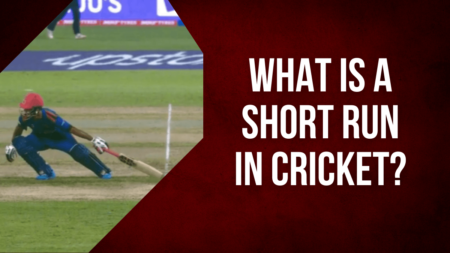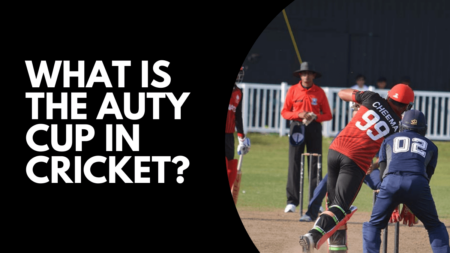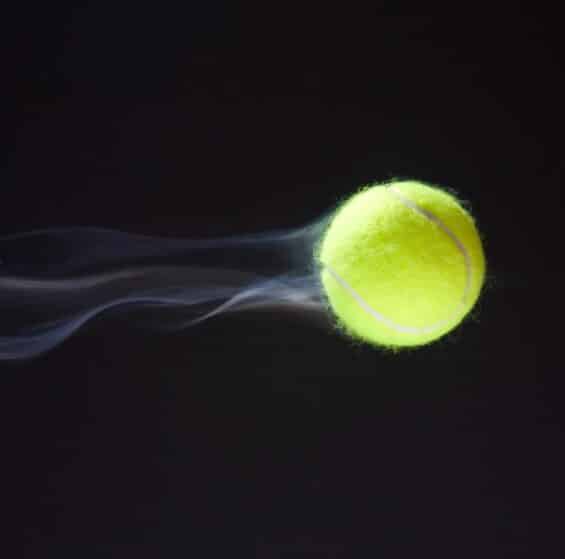
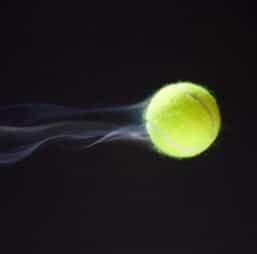
HISTORY
Over the years, tennis balls have underwent a lot of changes to take the form that they are today. There were various notions of fabrication of tennis balls put forth based on the selection of material used and the turf on which the sport was played on.
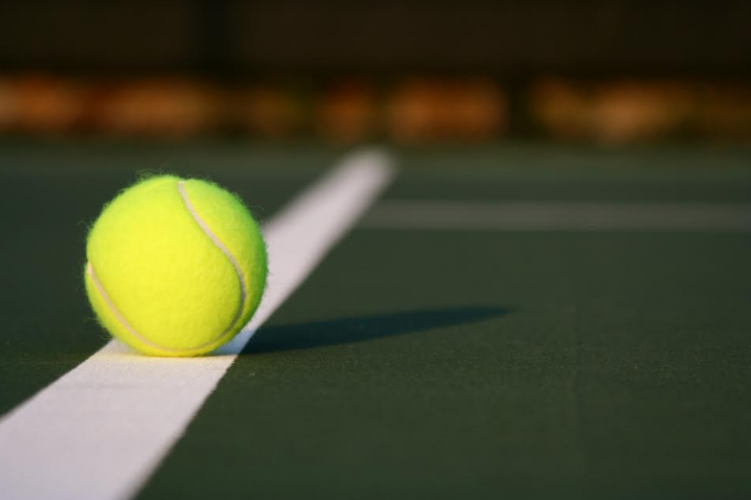
15th Century
- The first known fabrication of tennis ball was done by Scottish craftsmen. They wrapped the stomach of sheep or goat with a wool and tied with a rope.
- 1463: Act of Parliament Exportation, Importation, Apparel Act was passed which banned the use of tennis balls.
- 1480: Louis XI forbade tennis balls’ filling with chalk, sand, sawdust or earth. He enforced the use of good leather stuffed with wool.
16th Century
- Tennis balls used in Scottish castles were fabricated with animal fur, intestine and muscles, ropes and pine wood.
- During Henry VIII’s rule, a combination of putty and human hair was utilized to make tennis balls.
18th Century
- A wool strip of 1.9 cm was wound into a little ball. A string was tied around it which in turn was covered by sewn white cloth.
19th Century
- Charles Goodyear in the 1840s introduced vulcanized rubber which opened up possibilities for lawn tennis. India Rubber was used in this process. These balls were called clover-leaf balls because of the technique in which they were sealed. These balls were grey or red in color. These balls were used on asphalt surfaces.
- It was John Moyer Heathcote who proposed the introduction of flannel (later replaced by melton) around the rubber ball. This made the ball compatible with the grass turf.
- Wrapping the ball with a stout cloth was done in 1882.
20th Century
- 1902: Wimbledon ended their 22 year long relationship with F.H. Ayres and teamed up with Slazenger.
- 1906: Slazenger introduced tropical multi-color balls.
- 1972: Mike Davies introduced first fluorescent tennis balls. These balls were filled with air and were surfaced by a uniform-felt covered rubber compound. Some manufacturers produced balls filled with small polystyrene balls.
- 1977: Slazenger experimented with green balls.
Types of tennis balls
- Pressureless: Solid cores, last longer but lose their felt faster.
- Pressurized: Hollow core filled with air or nitrogen, lose their bounce faster. Used in ATP and WTA events.
- Regular duty: Used in Indoor and Clay courts.
- Extra duty: Suitable for grass and concrete courts.
- High altitude tennis balls: Used at high altitude regions.
AFTERLIFE
Erstwhile, the concept of ball cleaners was introduced. The ball cleaners were designed with the sole purpose of recycling tennis balls. Though, this idea was short lived and diminished as the game evolved.
In modern times, 125 million tennis balls are used each year. Most of the tennis balls ultimately end up in landfills. Though, there have been certain successful initiatives where tennis balls are brought back to life by efficient recycling procedures.
1. Operation Balle Jaune (Operation Yellow Ball)
In 2008, the French Tennis Federation came up with the concept of reusing the tennis balls for making sports surfaces. This is done by grinding the used balls into granules which are later added to resins. The resultant substance is used for laying down the surfaces. In 2016, 1.5 million balls were collected and recycled. Till date, 30 sports grounds have been made by this initiative.
2. Retour’s Ad-bins
Bill Dermody, the owner of Retour introduced Ad-bins. These bins accepted used tennis balls from a slot and recycled them. 80 such bins are placed across the United States.
3. Penn
Penn, the famous tennis ball manufacturer uses its own innovative technique for going green. It collects the rubber dust that is lost in manufacturing of tennis balls and uses it to make more tennis balls. The rubber dust is also used in making recyclable ball cans.
4. Ace Surfaces, reBounces, Project Green Ball, Advanced Polymer technology
The current leaders of tennis ball recycling have their own methods in keeping the sport green.
Giving tennis balls a new life by recycling them is indeed one cool way to say “keeping the ball in play.”


